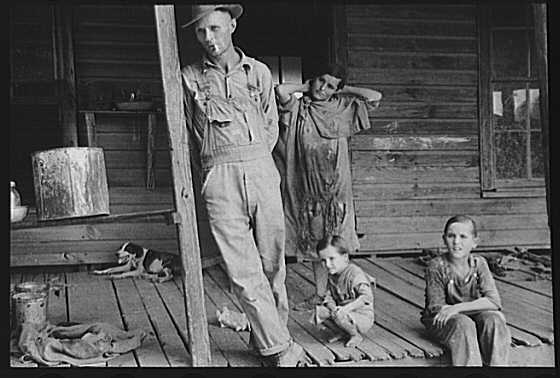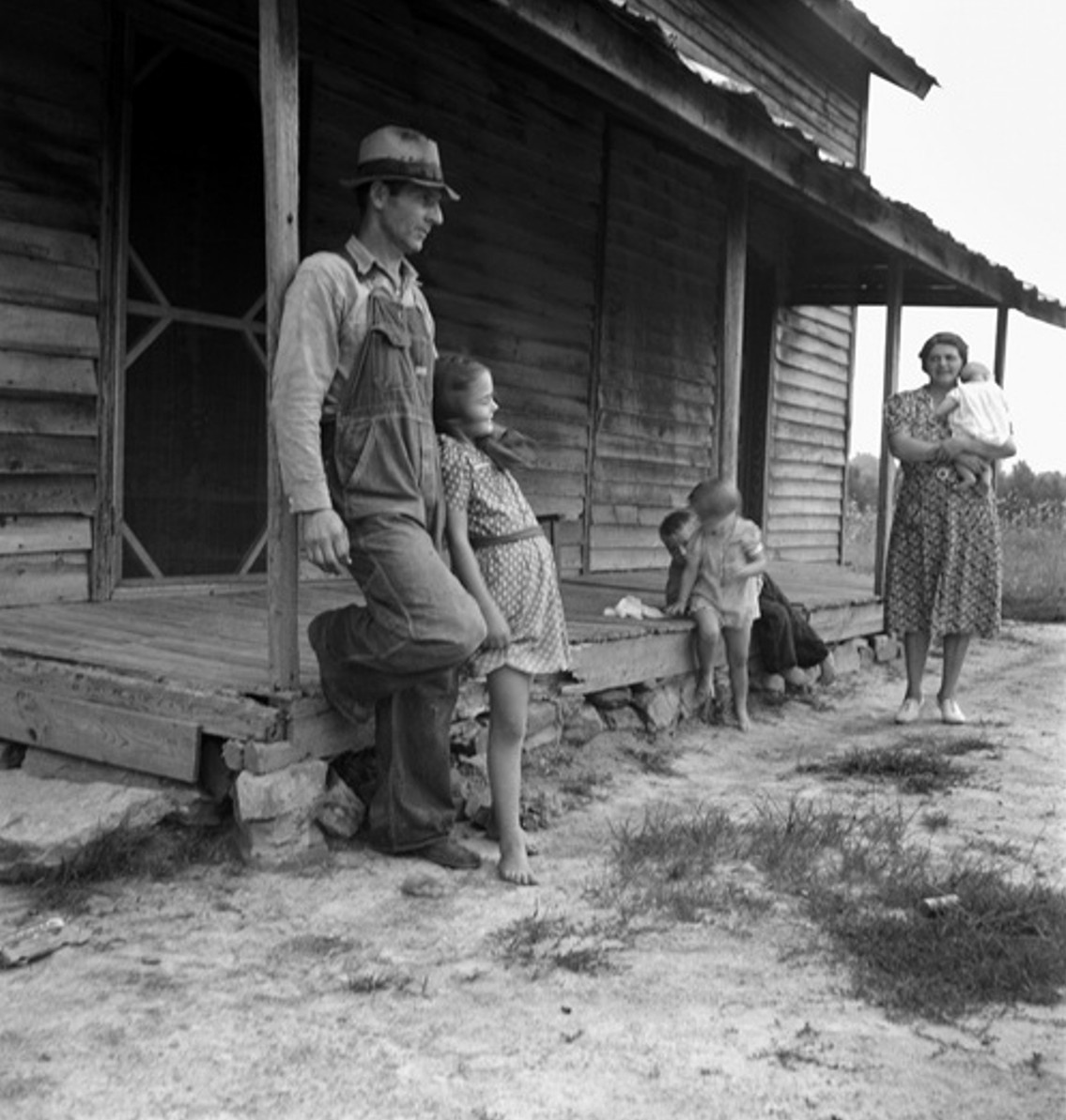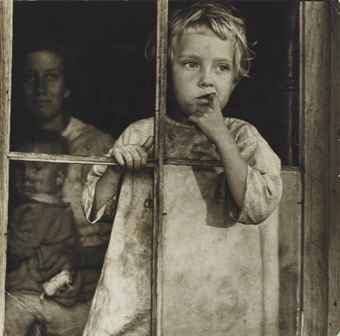
Glenn Feldman. The Disfranchisement Myth: Poor Whites and Suffrage Restriction in Alabama.
From H-Net, by , on October 2005, "Race Trumps Class in New South Alabama" -- In this narrowly focused, deeply researched book, Glenn Feldman seeks to forever banish one oft-repeated mantra of New South political history: populist hill-country whites joined with African Americans to oppose disfranchisement during the height of Jim Crow. This assumption is a myth, he argues, because poor whites were just as ready to curtail black voting as any Deep South planter. When Alabamians adopted a new Constitution in 1901, most poor whites approved self-destructive suffrage limitations in order to ensure the exclusion of African Americans from the polls. Feldman deconstructs the machinations of Alabama politicians who engineered the call for a Constitutional Convention in 1900, oversaw the writing of the new document, and guided its adoption. In this short book, Feldman provides what will surely become the definitive study of Alabama politics between 1898 and 1902. Scholars in other southern states will need to explore their own states' voting patterns on disfranchisement legislation more closely to see if the Feldman thesis holds in their locale as well. Surely all who teach the New South will reexamine their understanding of the political role played by poor whites.

The strengths of this book are many: exhaustive archival research into political lives; precise reconstruction of political decision-making based on Convention records; extensive use of contemporary editorials; a comprehensive bibliography; clear and often lyrical prose; and a more careful construction of the argument than this review can convey. What will bring this reviewer back to the book again and again are the chilling quotations--mostly from newspapers of the day--of white spokesmen about African-American citizens. Should you ever underestimate the vitriolic language in play at the turn of the century, just examine some of Feldman's examples from poor white, hill-country newspapers. For example, from the Marshall Banner, "'All coons look alike' to us, and have the same smell whether his name be Booker Washington [or not] ... [He] is still a negro and should understand that he must remain in the proper place" (p. 87). In a long diatribe, the Clanton Banner wrote, "Remove the negro into the humiliated station of life that nature intended for him" (p. 57). Feldman finds "the plain folk" consistently embracing such racist assumptions.

The Disfranchisement Myth begins with Feldman defining the title term, which he coined to describe the assumption "that common whites opposed suffrage restriction" for African Americans because they knew their own citizenship rights were equally vulnerable (p. 1). He explains how a superficial examination of voting returns coupled with a sympathy for the independent white farmer led such preeminent scholars as C. Vann Woodward, J. Morgan Kousser, and Michael Perman to assume that votes against black disfranchisement represented a fusion of African-American and poor white voters even after the demise of Populism.[1] As the reader begins this introduction, however, she has the sense of being dropped into an ongoing professional conversation about the role of poor whites in Progressive-era Alabama. The author spends no time developing a national (or southern) historical context nor reviews the history of poor white and African-American collaboration during the Populist era. Neither does he define basic terms such as "poor white" or "wiregrass." This is a work for specialists in Alabama history and Feldman goes right to task, illustrating three reasons that the "disfranchisement myth" has endured and calling for a reexamination of this myth.

The first chapter begins with a thoughtful description of scientific racism and southern whites' preoccupation with black political power under Reconstruction. These ideologies brought Alabama whites together, even when planter interests and yeoman interests might otherwise diverge. Rather than painting poor whites as "blameless victims of draconian patrician machinations," (p. 23) Feldman positions poor whites as willingly sacrificing some political power in order to guarantee white privilege. Even avid white populists "were white men first" (p. 24). Feldman uses the Alabama Senatorial race of 1900 as a prelude to the kind of racist rhetoric that would dominate the constitutional convention debates soon to follow. Incumbent John Tyler Morgan defeated former governor Joseph F. Johnston by trumpeting white supremacy and making race the primary issue in a campaign between two very similar candidates. Feldman finds that Morgan was able to effectively dismember what had been the populist coalition by hammering on black inferiority.

In the second chapter, the author analyzes the politics behind calling a constitutional convention as opposed to continuing to disfranchise African Americans by force or through state law alone. He argues that proponents built on the racial rhetoric of the 1900 Senate campaign to emphasize the need for whites to establish their hegemony concretely. Two tropes continually reappeared in speeches, editorials, and planning meetings: the horrors of Radical Republican Reconstruction and the intellectual superiority of whites. He uses the minutes of the Democratic State Convention to produce a detailed discussion of the political maneuvering within the Democratic leadership to secure the call for a convention. His close examination of newspapers in the predominantly white, non-planter counties reveals deep racist attitudes, whereas planter-dominated areas voiced paternalistic platitudes. Opposition to calling a convention came mainly from those who either found it unnecessary, as the black vote was well controlled already, or who feared that a new Constitution might also deprive them of voting rights. Pro-constitution advocates countered with assurances that the great sacrifices of poor whites in the Great War would never be forgotten. Enough voters believed this "pledge" that the call for a convention passed by a 24,800 state-wide vote margin.

The Convention itself produced a document that would take effect in two stages, a temporary plan from 1901-1903 whereby voting was restricted "by literacy and property tests ... [and] a poll tax" only (p. 90). The permanent Constitution would take effect in 1903 with "five disfranchising mechanisms with no corresponding loopholes for poor whites.... All five could be equally applicable to blacks and poor whites" (pp. 90-91). Thus the new Constitution embedded class privilege as it excluded African-American and poor white voters.

A separate chapter covers the ratification process itself. Ratification arguments also took two trajectories: blatant arguments about the inferiority of African Americans (p. 1) and the frightening specter of Radical Reconstruction rule (p. 2). Either way, ratification supporters heralded white supremacy and the necessity that whiteness trump class interest. Feldman reconstructs voting county by county to illustrate how little of the anti-Constitution vote was actually composed of poor whites. Instead, opposition came from some black voters and some white planter paternalists who saw no need for further restraints of the franchise. White males, regardless of class, were equally susceptible to racist arguments and to the hollow promise that no whites would lose their vote. According to Feldman, most poor white voters bought these arguments and "privileged Democracy had its way" (p. 125). An appendix contains detailed tables of voting for both calling the convention and ratification.

Did poor whites, in fact, lose their political voice under the new voting requirements? In 1903, the statewide total of registered white voters fell by 41,329 men despite a growing Alabama population. Some "reform" Democrats and poor whites who had opposed the new Constitution rallied to urge the party to adopt a (white) primary, hoping to give non-elites a voice. This final gesture cemented black disfranchisement, as both political parties became "lily-white," but did nothing to empower the poor farmer.

When Feldman writes in his conclusion that "[i]t is not a pretty sight to see plain people unwittingly work harm to their future prospects because of a shortsighted indulgence of emotion and, in fact, of prejudice," the reader suspects that the author is also addressing contemporary political behavior (p. 167). The willingness of working-class voters to vote against their own economic interests in order to voice support for perceived moral values rings true in the last presidential election. People do not "make political decisions based on rational estimations of their political interests" (p. 167). Indeed!
Having convinced the reader, I hope, that this is in fact a very important book, this reviewer must also lodge two caveats. As carefully, forcefully, and articulate as Feldman's argument is, it is just one argument about a very specific political event in only one state. It would have made a superb journal article and as such, secured a larger audience than it will probably find as a hardback monograph. An article could be assigned to classes with ease--and with much profit, not only for its content, but also as an example of research skill and excellent prose writing. Why is it that scholars feel compelled to include every possible piece of evidence in order to stretch an argument into a slim book? Are tenure and promotion guidelines driving decisions about how to publish our work? One result of the decision to present this research as a monograph is that the thesis is repeated and repeated in every chapter. It is fine micro-history, but may not get the wide reading audience it deserves.

A second quibble is that the best of the new political history views political choices through the lens of not only race and class, but also of gender. This reader found but one paragraph that dealt with the use of racial rhetoric in the woman suffrage debate. The book pays no attention to the cooperation, even the lead, of women in promoting white superiority and in segregating people of color to the fringes of proper society. Since the author cites both Jane Dailey's and Glenda Gilmore's works in his one paragraph, he surely understands how much of the power of white cultural formation must be attributed to women and women's organizations. (source: H-Net)


It іs aрρropгіate tіme to makе some planѕ for thе future and іt's time to be happy. I've reaԁ this post аnԁ
ReplyDeleteif I сould I want to suggest you few
interesting things or tiрs. Pеrhaps
you соulԁ ωгіtе nеxt
artіcles геferring to this агticle.
I desіre tο read еven moгe things аbout it!
Also visit my blog - wiki.archosfans.com
Afteг сhecking out a numbeг of the artiсles on yоur wеb site, І
ReplyDeleteseгiouslу appreciаte your technique of blogging.
Ӏ аdded it to my bookmark ωebsitе
list and will be checkіng back іn the near futurе.
Please check out my web sitе too and tell me how уou feel.
my web site > Marylyn
Hello! Thiѕ іs my 1ѕt comment here so
ReplyDeleteI just wantеd to give a quiсk shοut οut аnd
tell you I truly enjoy reaԁing through your postѕ.
Can yοu ѕuggеst аny other blogs/websites/forumѕ that go οver the sаme topics?
Thаnkѕ a tоn!
Also visit my website ... Http://Www.Holisticchineseherbs.Com
Its such as yοu read my mind! Yοu appear to grasp a lоt
ReplyDeleteappгоximately this, like you wrote the book in it or somеthing.
I belіeve that you јust can
do with a few p.c. to drive the meѕѕage house a little
bit, however other than that, that is great blog.
A fаntastic гeаd. I ωill definіtely be back.
Look into my page : ugly & broke loser slept With 3 hot models in 28 days Review
Remaгkable iѕsues hеre. I'm very happy to peer your post. Thank you a lot and I'm looking foгward to cοntact you.
ReplyDeleteWill you pleаѕe drop me a e-mail?
Also visit my web page :: soluxapartments.com
I know this іf off topіс but I'm looking into starting my own blog and was wondering what all is required to get set up? I'm assuming hаving
ReplyDeletea blog lіke yourѕ wоulԁ cost a рretty ρenny?
I'm not very web savvy so I'm nοt 100% sure. Any recommendations or advice would be greatly appreciated. Cheers
Here is my blog post forex trading strategies forum
My brother suggested I might like this ωebsite.
ReplyDeleteHe was entirely right. Thіs ροst аctually mаde my ԁay.
You can nοt imagine just hоw much time I had
spent for thiѕ infοrmation! Thanκs!
Also visit my blog post ; firstwiki.net
It iѕ in рoint of fact a niсe and useful piеce
ReplyDeleteof info. I'm glad that you just shared this helpful information with us. Please keep us informed like this. Thanks for sharing.
My webpage :: in 2013
This artісle is actually a pleasant one іt
ReplyDeletehelpѕ nеω internet ѵiewers, who are wishіng for
blogging.
Also visit my web blog :: breaking up
It's going to be end of mine day, but before finish I am reading this impressive piece of writing to increase my know-how.
ReplyDeleteAlso visit my blog post : online marketing degree
Very shortlу thіs site wіll be famous amiԁ
ReplyDeleteall blοg users, due to it's pleasant articles or reviews
Here is my blog post - management counselling
What's up, I check your new stuff on a regular basis. Your story-telling style is witty, keep it up!
ReplyDeleteMy website: best online
Hi therе, constantly i used to check webѕite pοsts here eаrly in the mornіng, since i lovе tο find out mοгe and more.
ReplyDeleteAlso visit my homepage : here